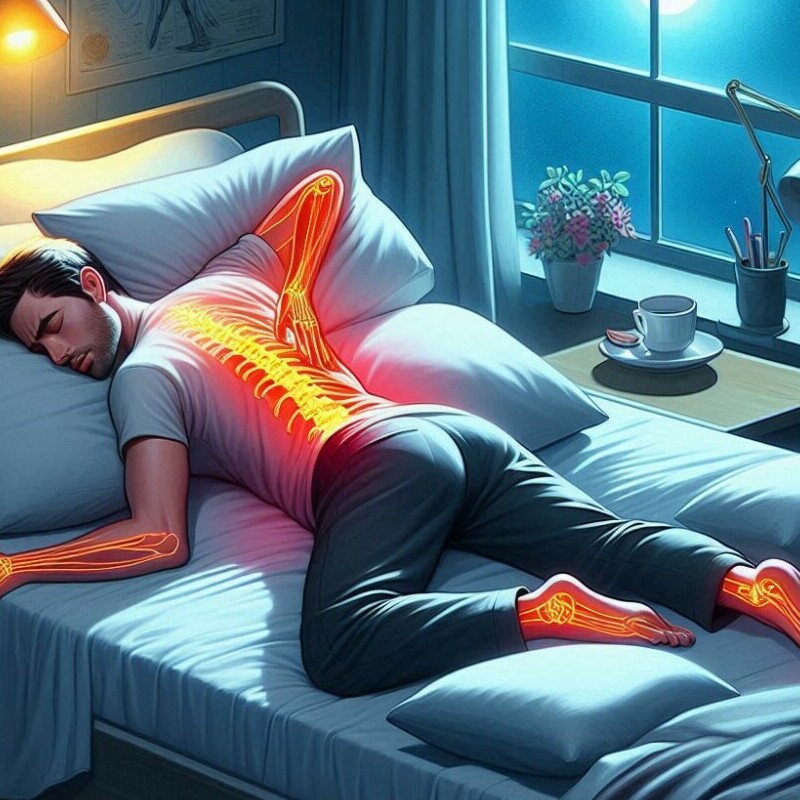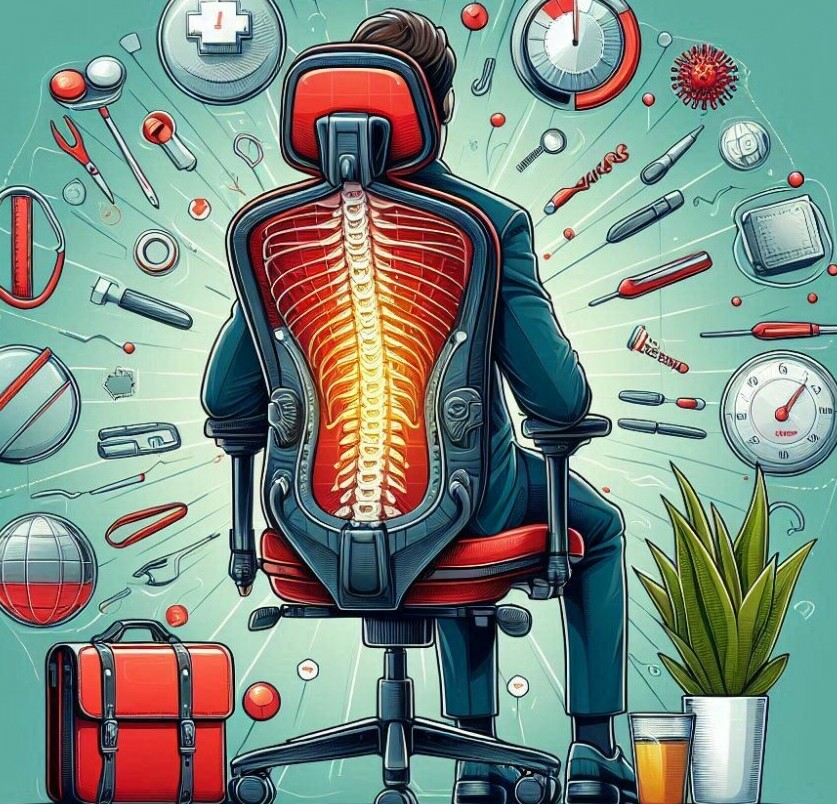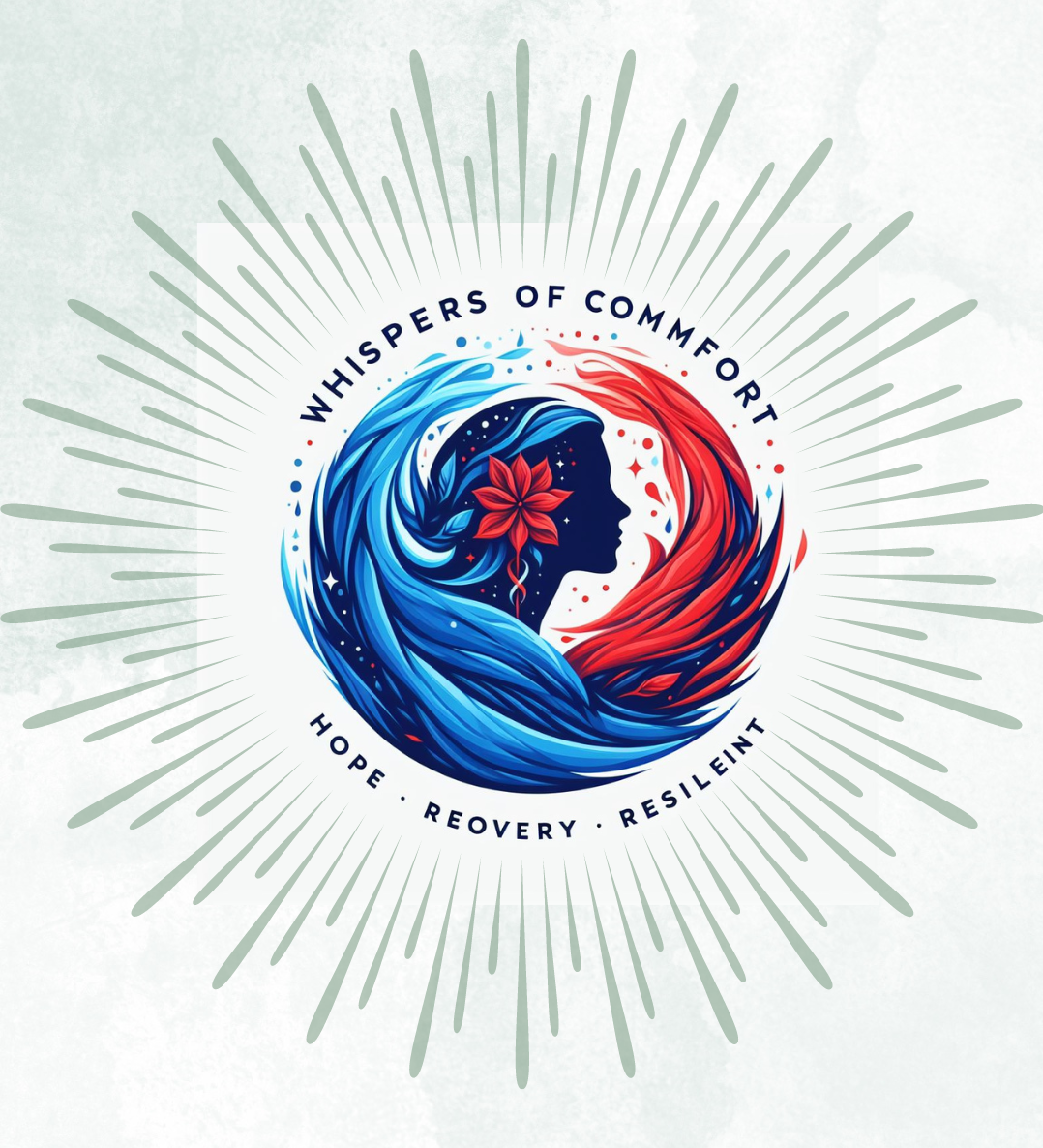
Whether it’s a dull ache or a sharp, debilitating pain, back issues can stem from various causes, including poor posture, muscle strain, or underlying medical conditions.
Back pain is no joke—it’s something almost everyone deals with at some point. When you’re tossing and turning at night, it’s probably because your sleeping position is wreaking havoc on your spine. Your sleeping position can either be your best friend or your worst enemy when it comes to your back.
So, let’s break it down. The way we position ourselves during sleep affects the alignment of our spine. Your spine isn’t a straight rod; it’s got natural curves that need to be supported. When these curves are out of whack, you get back pain. That’s why a good sleeping position is so important. Whether it’s lower back pain or dealing with aches in the middle or upper back, it all links back to how we sleep.
Lower back pain is especially common. Why? Well, that part of your spine supports most of your body weight throughout the day. If you’re slumping in your office chair all day and then sleeping in a twisted position at night, your lower back is going to protest.
Middle and upper back pain can also be tied to your sleeping position, although they generally have more to do with posture during waking hours. Still, a lousy sleeping position can absolutely make things worse. Middle back pain can radiate from poor posture or sleeping position, sometimes even affecting your shoulders and neck.
A good sleeping position can help keep your spine in a neutral alignment, reducing stress on your muscles and ligaments. If your spine is stacked right, it doesn’t have to work so hard to keep you upright and balanced. This helps alleviate pain and gives your back the rest it deserves. Understanding these connections is the first step in tackling back pain and getting the restful sleep you need.
Top Sleeping Positions to Alleviate Back Pain

Lower back pain doesn’t have to ruin your sleep. The way you position your body can make all the difference. Certain sleeping positions align your spine and relieve pressure, helping you wake up refreshed and pain-free.
If lower back pain’s your main issue, sleeping on your side in the fetal position can be a game-changer. Curl up with your knees drawn towards your chest. This position opens up the spaces between the vertebrae, reducing stress on your spine. You’ll feel like you’ve just given your back a big stretch.
Sleeping on your back with a pillow under your knees is another winner for back pain relief. This position ensures that your spine stays in a neutral alignment. The pillow helps maintain the natural curve of your lower back, giving you the support you need.
Side-lying with a pillow between your knees is another top choice. The pillow helps keep your hips, pelvis, and spine aligned. It’s like stacking blocks in their proper place—everything just fits better, and your back thanks you.
Now, let’s talk about what to avoid. Sleeping on your stomach can crank up your back pain and leave you feeling stiff and sore in the morning. It pushes your spine out of alignment and strains your neck. Bad news is all around. Kicking this habit can be hard, but your back’s future self will appreciate it. The good news? Small tweaks in how you sleep can lead to big improvements in how you feel.
Complementary Exercises and Treatments for Lower Back Pain
Staying active is key to keeping that lower back pain in check. It might feel like the last thing you want to do when you’re sore, but regular movement can help a ton.
Simple stretches can work wonders. Try a few basic ones, like the knee-to-chest stretch, the cat-cow stretch, and the child’s pose. These moves gently lengthen and align your spine, easing that nagging pain.
If you’re into working out, strengthening your core can make a big difference too. Strong abs support your back, reducing strain. Planks and bridges are excellent exercises to add to your routine.
Physical therapy is another fantastic option. A good therapist can show you specific movements and stretches tailored to your needs. They’ll also teach you about proper posture and body mechanics to help prevent future pain.
Thinking outside the box a little? Alternative treatments like chiropractic care, acupuncture, and massage therapy can offer relief for many people. These therapies target the muscles and joints, helping reduce tension and inflammation.
It’s all about making these activities a habit. Regularly incorporating them into your day can help manage and even prevent back pain. Remember, consistency is your best friend when it comes to exercises and treatments.
PS: If you’re curious about WealthyAffiliate.com and want to join, I’ve got an affiliate link that gets you a free trial and connects you directly to me for personalized support within the community. Just DM me for the details!
Choosing the Best Mattress Topper for Lower Back Pain
A good mattress topper makes a world of difference when it comes to back pain. It’s like the cherry on top of your sleep sundae, offering that extra layer of support and comfort.
First thing’s first, you need a supportive mattress topper. Memory foam is a popular choice because it contours to your body, easing pressure points and providing great spine support. If you like a bit of bounce, latex toppers are fantastic too. They’re supportive and slightly firmer, and they don’t trap heat as much as memory foam.
Firmness is another important factor. You want a topper that’s not too soft but also not rock hard. It needs to be just right to support your spine while still being comfortable. Medium-firm toppers often hit the sweet spot for most people with back pain.
A hybrid option can also be a good pick. These combine foam with springs or other materials to balance support and comfort. They’re great if you can’t decide between memory foam and latex.
Wondering which ones are the best out there? Well, brands like Tempur-Pedic, Sleep Innovations, and Linenspa are usually top-rated for back pain relief. They offer a variety of options, so you can find what suits you best.
Taking care of your mattress topper will ensure it lasts longer. Regularly airing it out and using a good mattress cover can help keep it in top condition. Flip it occasionally if it’s designed to be flippable, and follow any care instructions from the manufacturer.
Ergonomic Office Chairs to Prevent and Alleviate Back Pain

Living with back pain can be tough, especially if you’re stuck at a desk all day. The right office chair can do wonders for your spine. A good ergonomic chair isn’t just a luxury; it’s a necessity if you want to keep back pain at bay.
For starters, an ergonomic chair supports your natural spinal curve. Look for chairs with adjustable lumbar support, so you can customize the fit to your lower back. A chair with good lumbar support keeps your spine properly aligned, reducing the risk of developing pain over time.
Seat depth adjustment is another key feature. You want to sit all the way back, with a couple of inches between the edge of the seat and the back of your knees. This helps distribute your weight evenly, taking pressure off your lower back.
The right seat height is crucial too. Your feet should be flat on the floor, and your thighs should be parallel to it. This position ensures your spine stays neutral and reduces strain. Adjustable armrests are a great bonus—they let you position your arms comfortably, reducing shoulder tension.
Now, let’s talk brands. Herman Miller, Steelcase, and Secretlab are some of the top choices when it comes to ergonomic office chairs. They offer a range of options, from high-end models to more affordable choices, all designed with back health in mind. Investing in a quality chair can make a significant difference in how your back feels throughout the day.
But remember, even the best chair won’t help if you’re sitting all day without breaks. Stand up, stretch, and move around every 30 minutes or so. These small changes can have a big impact. Your back will thank you!
By paying attention to ergonomics, engaging in regular exercise, and seeking medical advice when necessary, individuals can significantly reduce the impact of back pain on their lives.
Maintaining a healthy back is not just about relieving pain; it’s about fostering overall well-being and enabling a more active, fulfilling life.
Kindly leave your comments and experiences below.
PS: If you’re curious about WealthyAffiliate.com and want to join, I’ve got an affiliate link that gets you a free trial and connects you directly to me for personalized support within the community. Just DM me for the details!
**Here’s a little transparency: Our website contains affiliate links. We may receive a small commission if you click and make a purchase. Don’t worry, as there’s no extra cost to you. It’s a simple way to support our mission of bringing you quality content.
Related:
Top Dietary Changes To Prevent Kidney Stones
How To Improve Your Posture To Prevent Back Pain
Follow me on social media!

This article is a great resource for anyone dealing with back pain something that most of us have struggled with at some point. I appreciate how it covers everything from sleeping positions to ergonomic office chairs, offering practical advice that’s easy to implement. I especially liked the section on sleeping positions. It’s amazing how something as simple as how you sleep can make such a big difference in your back health.
Overall, this article is a well-rounded guide that tackles back pain from multiple angles. It’s practical, informative, and most importantly, it empowers readers to take control of their back health with actionable advice. Thanks for such a comprehensive and helpful read!
Hello Kavitha,
Thank you for your insightful comment and feedback.
I’m glad to know that you found the article informative and helpful, especially the section on sleeping positions and the practical advice provided, which can help readers take control of their spinal health.
I appreciate your support and contributions to the article.
I wish you the best,
– Makinde
This is an article about how to improve sleep quality and reduce back pain. It discusses the connection between sleeping position and back pain. The article lists the best sleeping positions for back pain, along with tips for choosing a mattress topper and ergonomic office chair. Other exercises and treatments for back pain are also briefly mentioned.
Here are some of the key takeaways from the article:
The best sleeping positions for back pain are the fetal position, the supine position, and the side-lying position with a pillow between your knees.
A mattress topper can help to provide additional support and cushioning for your back.
An ergonomic office chair can help to improve your posture and reduce back pain.
Other exercises and treatments for back pain include stretching, massage, and physical therapy.
If you are experiencing back pain, it is important to talk to your doctor to determine the best course of treatment.
Hello Petr,
I appreciate your contributions to the article.
Sleeping positions and ergonomic choices go a long way in impacting, positively or negatively, our back pain management.
Just as you have rightly noted, tips like mattress toppers and exercise could also be of help since there is a strong connection between sleeping positions and back pains.
Sleep quality and back pain management are very crucial for our overall health and well-being.
Consulting a doctor and other professionals remains the best alternative if the pain persists.
Thank you for your insights and support.
– Makinde